Abode
Number/street name:
Addenbrooke's Road
Address line 2:
Trumpington
City:
Cambridge
Postcode:
CB2 9AS
Architect:
Proctor and Matthews
Architect contact number:
Developer:
Countryside Properties.
Contractor:
Countryside Properties
Planning Authority:
Cambridge City Council,
Planning Reference:
10/1296/REM
Date of Completion:
Schedule of Accommodation:
3 x 1 bed studios, 24 x 1 bed apartments, 93 x 2 bed apartments, 4 x 3 bed apartments. 34 x 2 bed houses, 93 x 3 bed houses, 51 x 4 bed houses, 6 x 5 bed houses
Tenure Mix:
40% Affordable rent, 60% Market sale
Total number of homes:
Site size (hectares):
6.44
Net Density (homes per hectare):
48
Size of principal unit (sq m):
137.4
Smallest Unit (sq m):
35.2
Largest unit (sq m):
207.5
No of parking spaces:
463
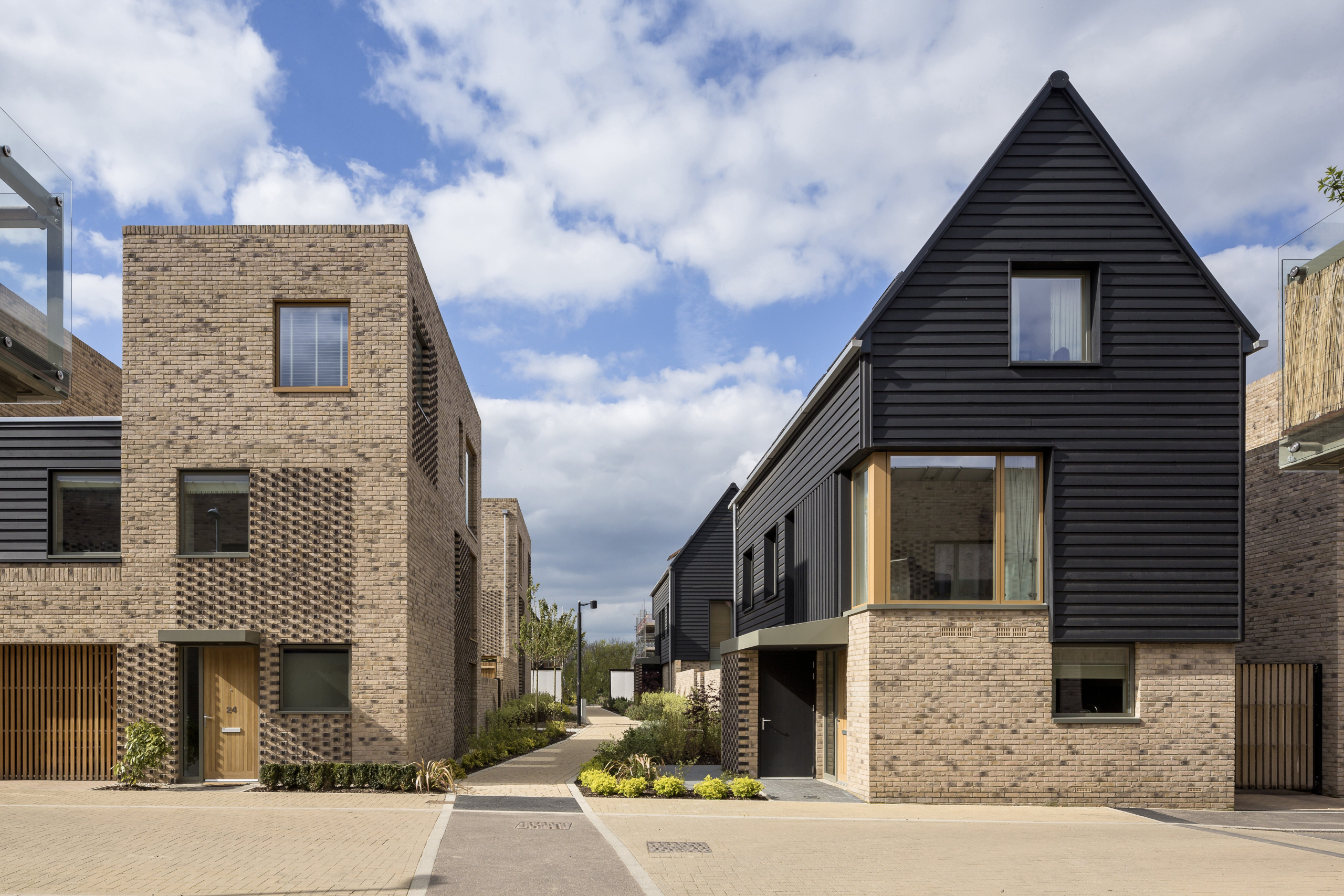
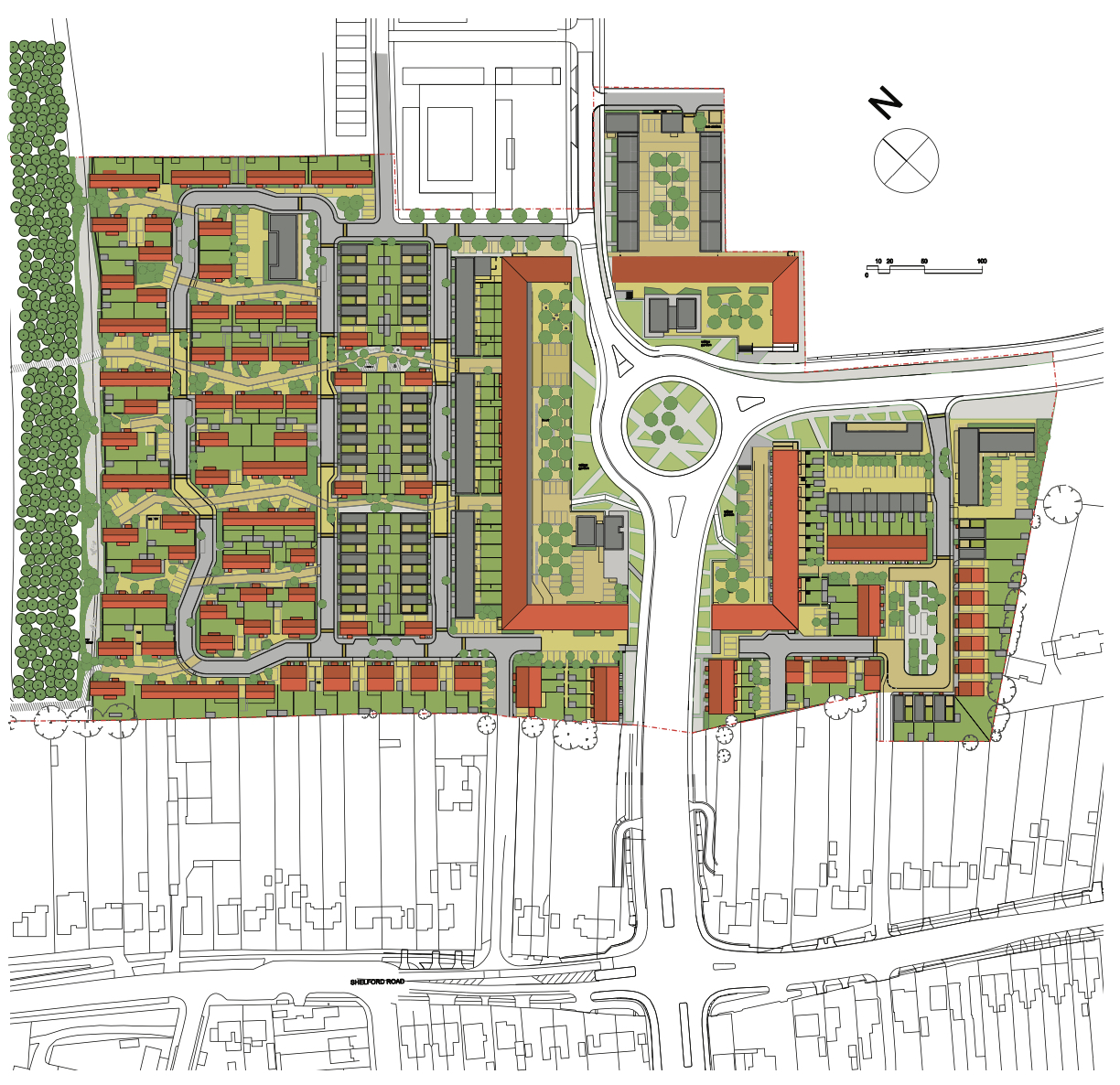
Planning History
Outline planning permission was granted in August 2010 for up to 2,300 homes on the Abode at Cambridge site, of which Proctor and Matthews’ scheme forms part. A planning application for the Proctor and Matthews scheme was submitted in February 2011 and planning consent was granted in July 2011.

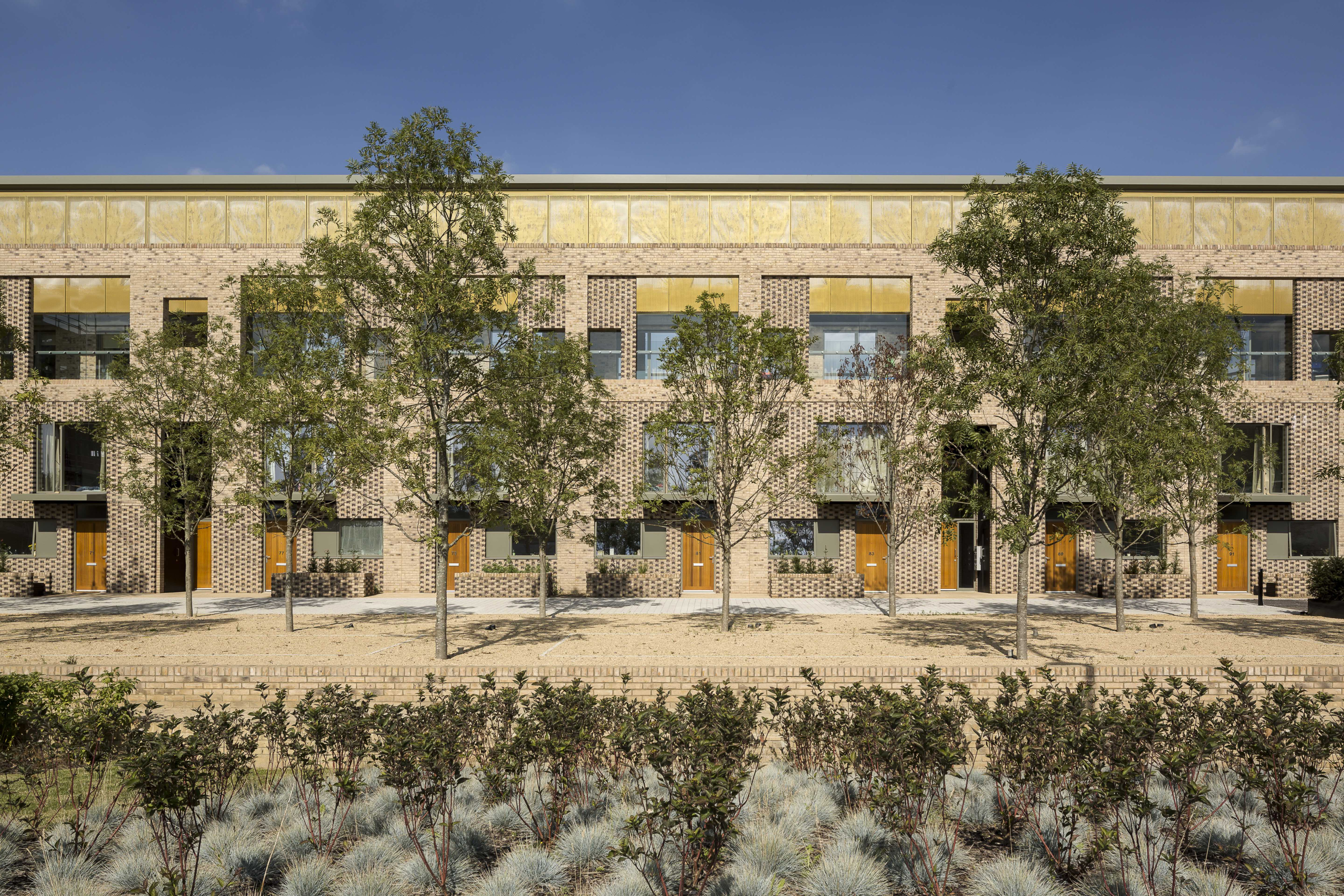
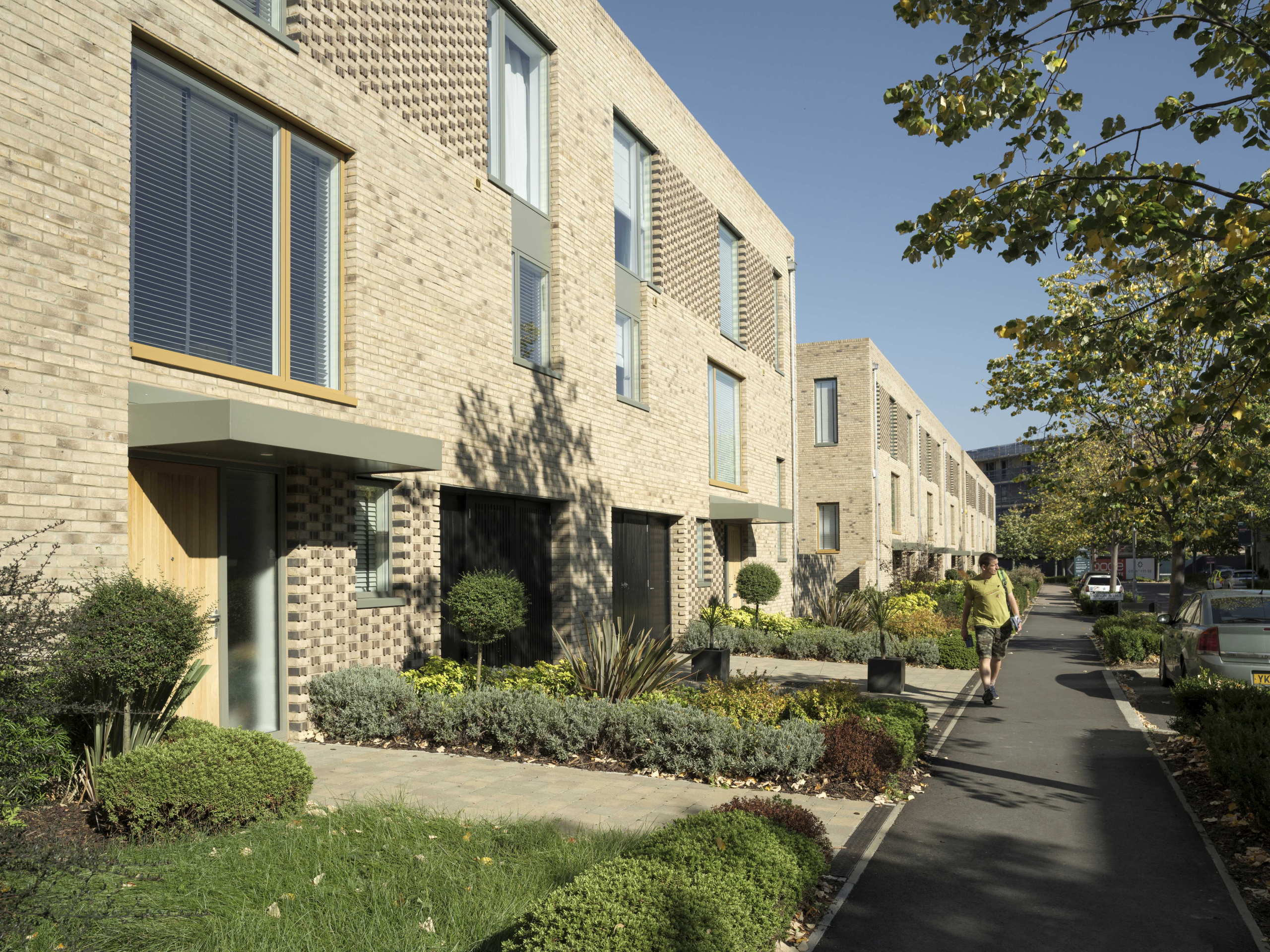

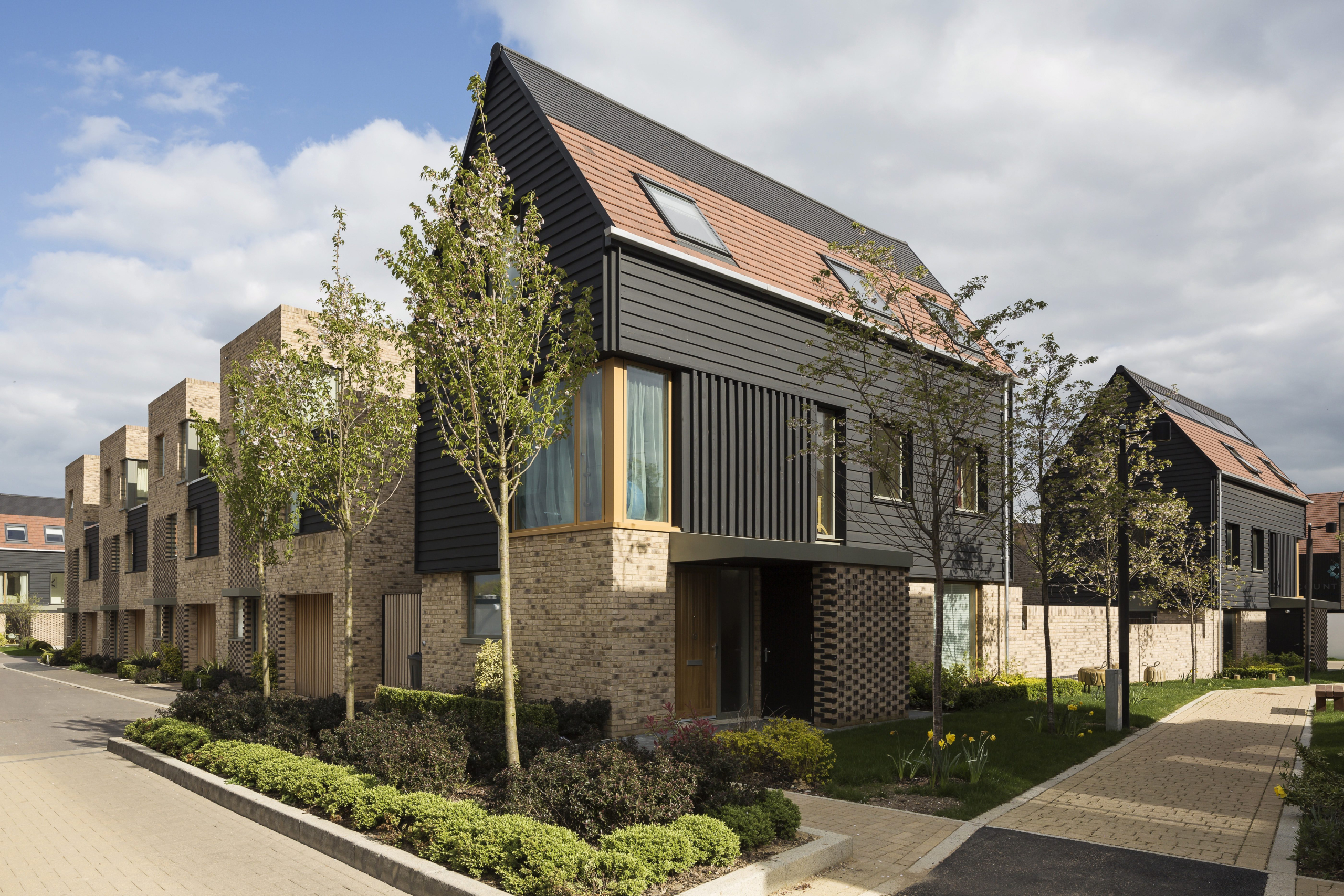


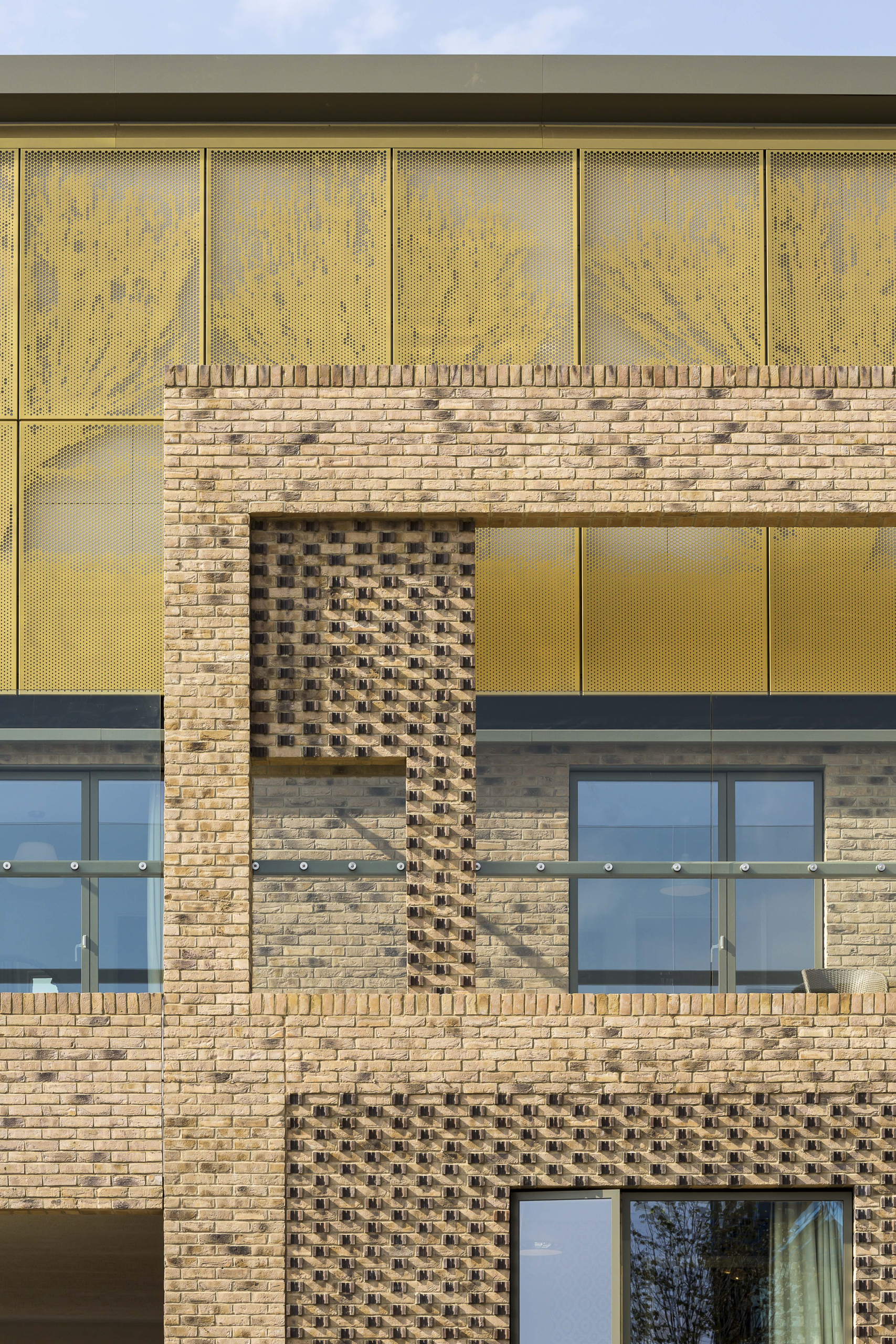
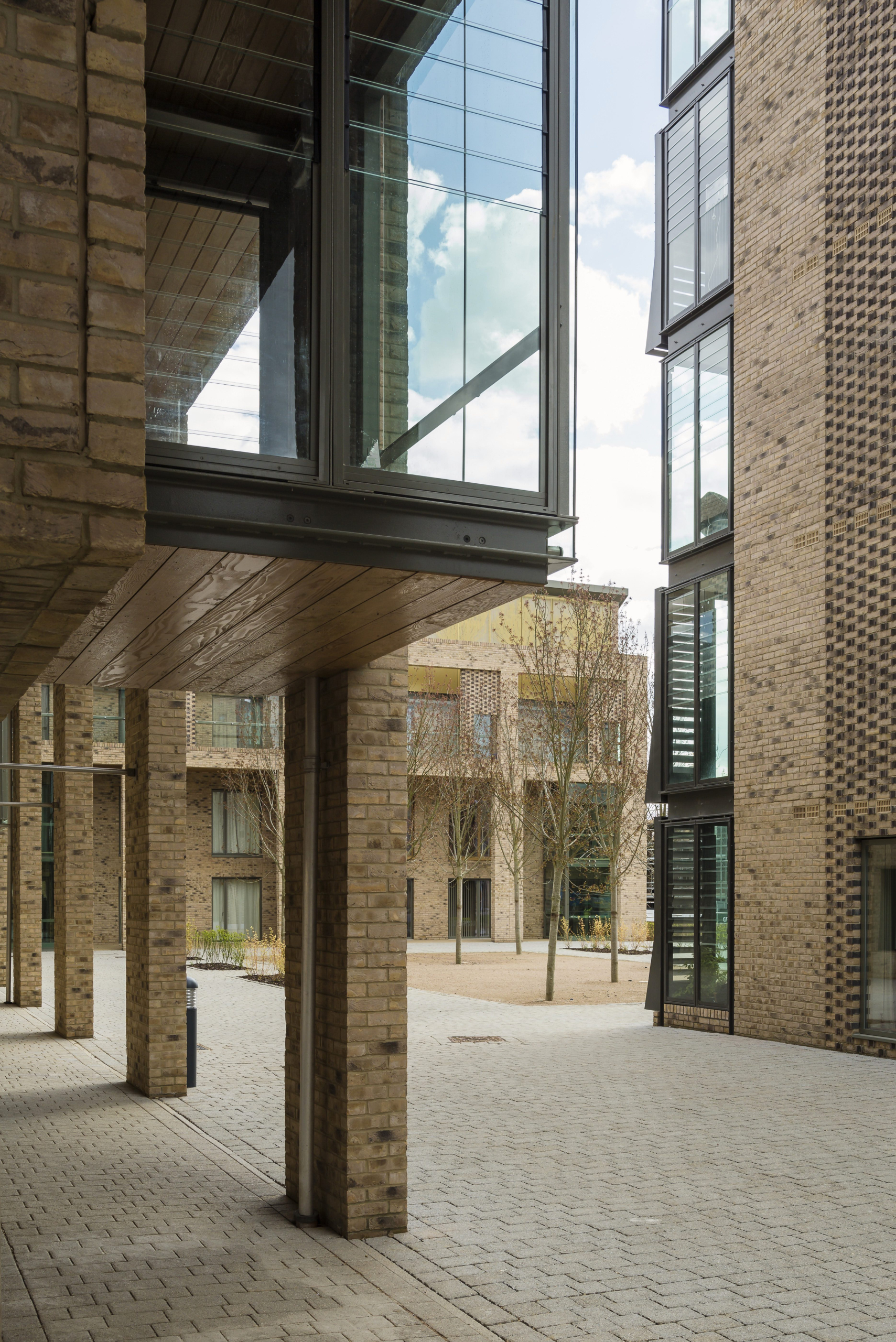
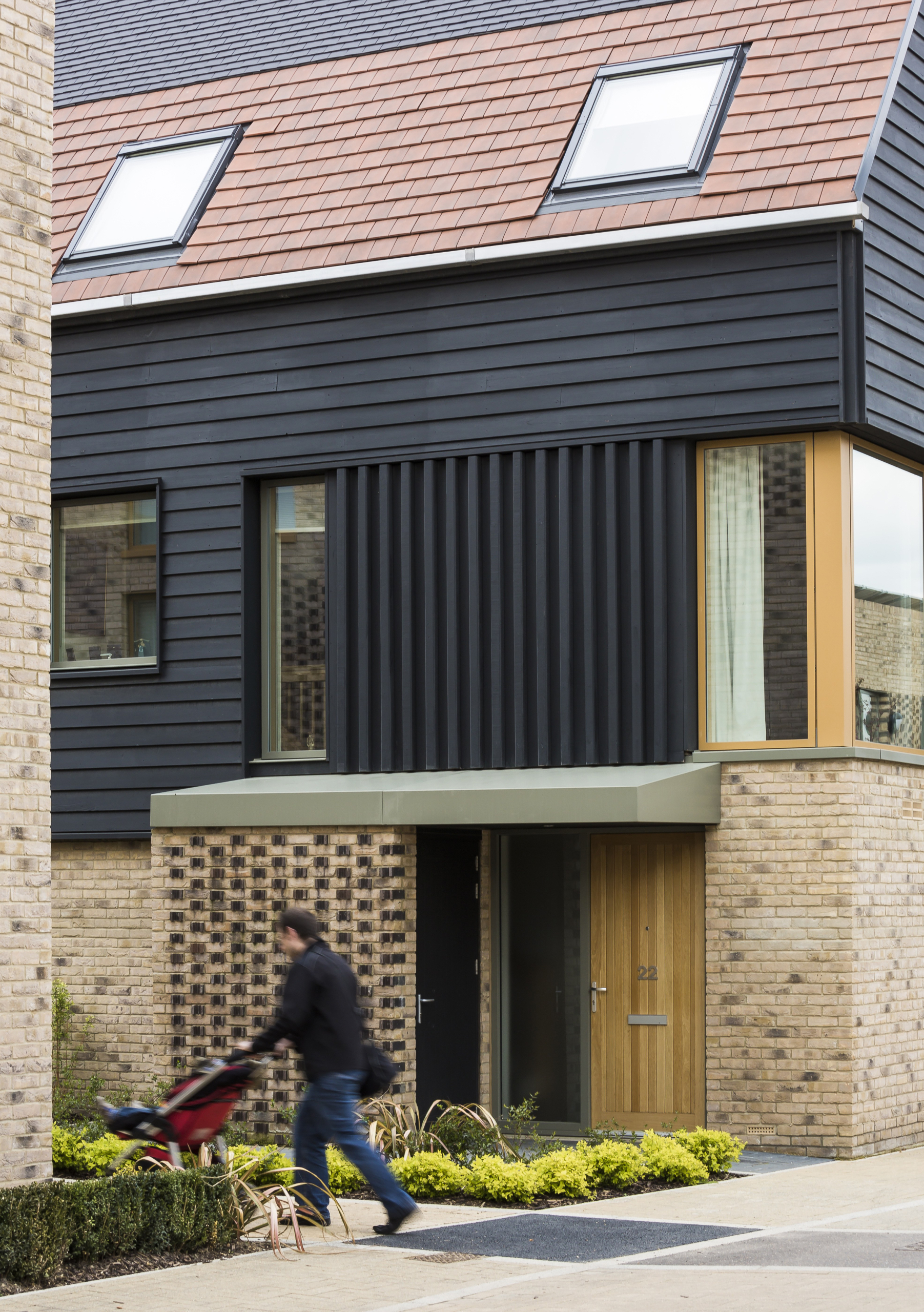
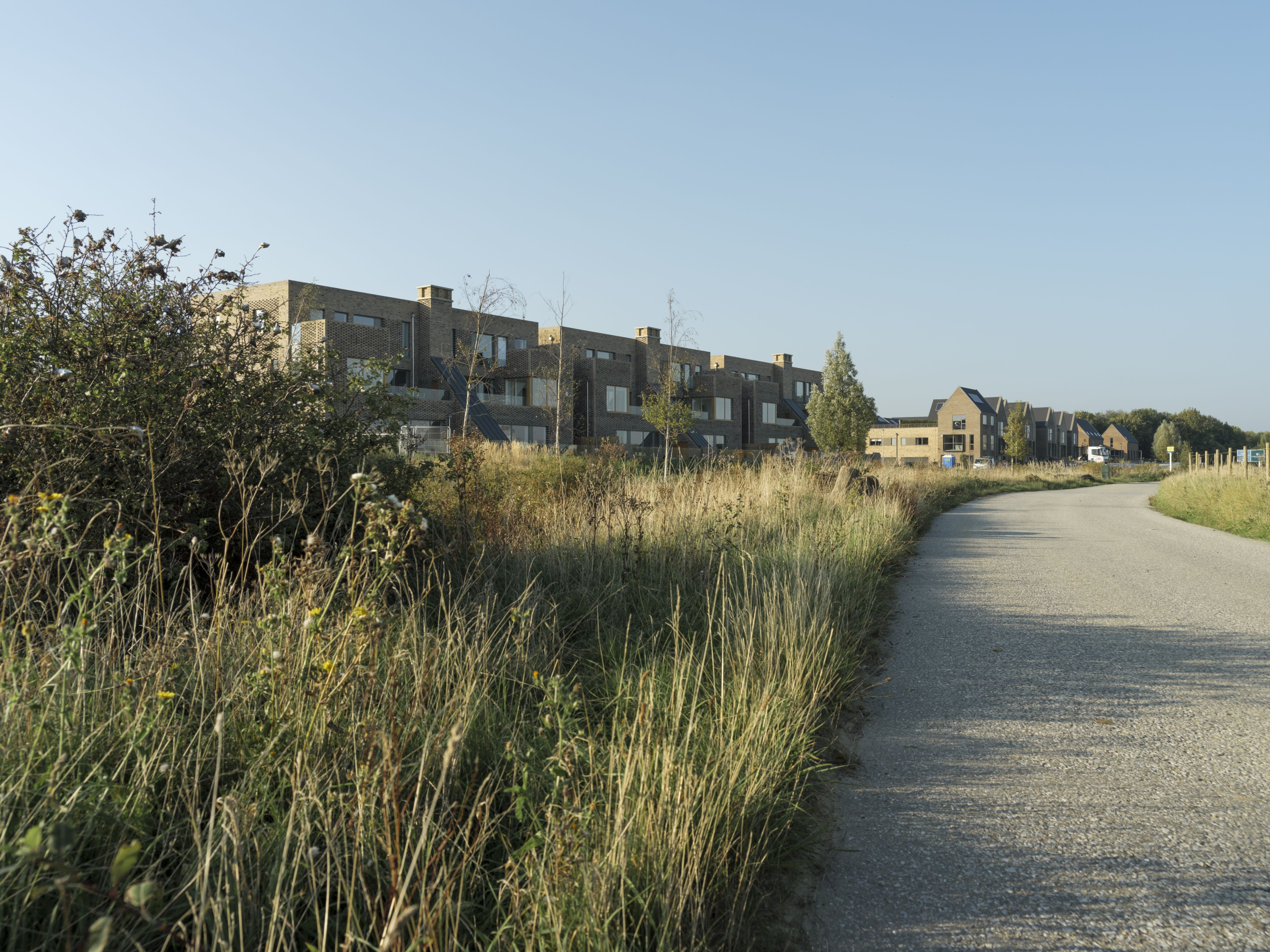


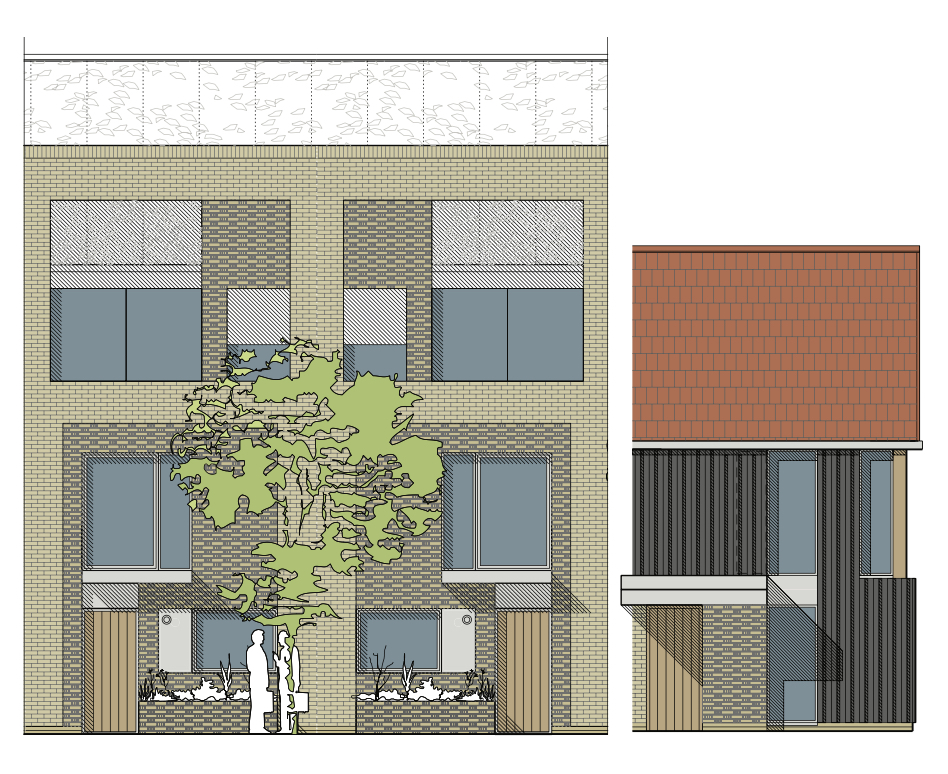
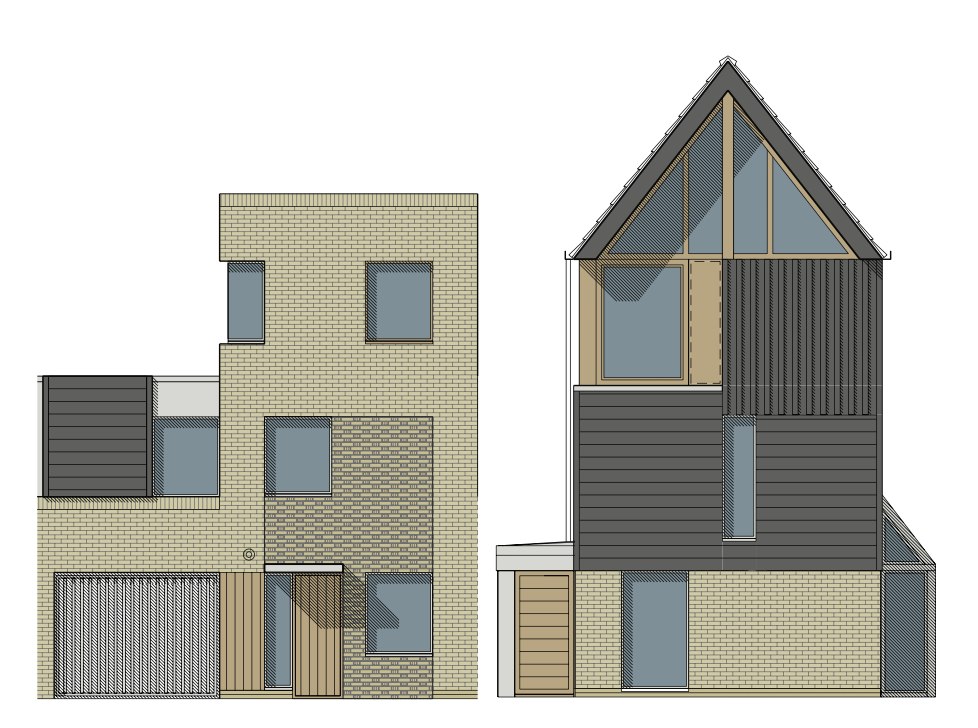

The Design Process
Abode at Cambridge forms part of Great Kneighton - a major new housing and mixed use commuity in the Cambridge Southern Fringe growth area. The overall development will provide around 2,270 new homes, extensive open space, education facilities, sports and recreation, health and community facilities and local shopping facilities. Proctor and Matthews’ design consists of a hierarchy of spaces and housing types to suit different parts of the development. This gives form to existing infrastructure and a formal sense of arrival at the entrance to the site, before moving sequentially towards a more relaxed architectural language that is integrated with the neighbouring countryside. At the entrance to the scheme stand two apartment marker buildings within a formal structured court, in a reference to the urban form of Cambridge colleges. Together with new landscaping, the large formal “Great Court” absorbs the existing infrastructure and provides a suitable gateway to the remainder of the scheme. Beyond the Great Court are a series of mews streets supported by three storey courtyard saw-tooth terraced houses. The materials used here - predominantly brick - borrow from the Great Court, while the more modest and domestic scale provides a sense of transition from the arrival zone. Each house has garden space to the front with a raised courtyard terrace at the rear. A series of parallel green connecting corridors run perpendicular to the terraces, creating pleasant shared spaces between the houses. These “landscape ribbons” also provide a linear route through the development, connecting the formal landscape of the Great Court to the open countryside at the edge. A further transition takes place at the rear of the site, where the housing typology becomes loose clusters of smaller two and three storey units. The “Green Lanes” zone seeks to create a village atmosphere, and will provide a range of two to five bedroom homes for both private and affordable tenures. Houses will sit within private walled gardens and generously-planted shared spaces. Compared with the strong urban language of the Great Court, here the aim is to achieve relaxed “urban erosion” at the boundary of the development. Here the hierarchy of spaces and buildings shrinks further, before vanishing into the natural landscape beyond. A simple and controlled palette of materials is used across the development. All buildings will share a base palette of “Cambridge” stock brickwork, and will be highlighted with panels of textured brick. Elsewhere materials will be used to illustrate the hierarchy of building types. The formal Great Court, for example, is animated in places with perforated back-lit metal cladding, while “Green Lanes” houses reference the local vernacular with black weatherboarding and traditional clay tiles.
 Scheme PDF Download
Scheme PDF Download

















